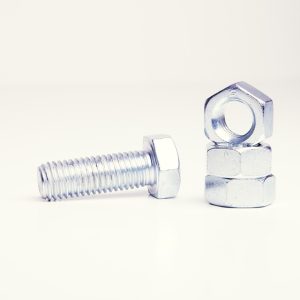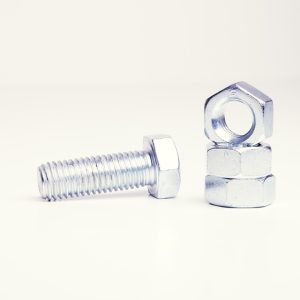
Weight is an important factor to consider when choosing aircraft fasteners. A typical airplane has anywhere from 1 million to 3 million fasteners. Common types of aircraft fasteners include bolts, screws, nuts, washers, rivets, pins and clips. While they are all used to hold parts in place, however, some fasteners weigh more than others.
Fuel Efficiency
Weight and fuel efficiency are directly correlated. Airplanes built with lightweight fasteners are typically more fuel efficient than those built with heavier fasteners. According to Boeing, a 1-pound reduction in an airplane’s weight saves an average of 14,000 gallons of fuel per year. With lightweight fasteners, airplanes weigh less and are more fuel efficient.
Cost Savings
Choosing lightweight fasteners can result in cost-savings benefits for commercial airlines and other operators. Fuel accounts for 20% to 30% of a commercial airline’s total operating costs. Therefore, even small reductions in fuel consumption can have a big impact on operating costs. Rather than large and heavy fasteners, most airplanes are built with compact and lightweight fasteners to minimize operating costs.
Balance
The weight of an airplane’s fasteners can affect the airplane’s balance. If the fasteners are unevenly distributed, the airplane’s center of gravity will shift. This can lead to increased drag or poor stability during flight. Lighter fasteners help engineers fine-tune this balance. They ensure that wings, fuselage sections and control surfaces maintain proper alignment.
Performance
Even the performance of an airplane can be affected by the weight of its fasteners. Reducing weight does more than just save fuel; it changes the airplane’s flight characteristics. A lighter structure translates into faster acceleration and improved climb rates. Lightweight airplanes even require less distance when taking off, which is particularly important for small airports with short runways.
Strength-to-Weight Ratio
Another reason why weight is an important factor to consider when choosing aircraft fasteners is because of its role in strength-to-weight ratio. Strength-to-weight ratio represents the strength of a fastener relative to its weight. The goal is to achieve the highest possible strength-to-weight ratio while complying with all necessary safety standards. A fastener may be exceptionally light, but if it’s too weak, it may not be suitable for use in airplanes.
In Conclusion
In the world of aviation, every pound matters. By choosing the right fasteners, engineers can build lightweight airplanes without sacrificing safety or durability. The result is better fuel efficiency, lower operating costs and improved handling in the air.


